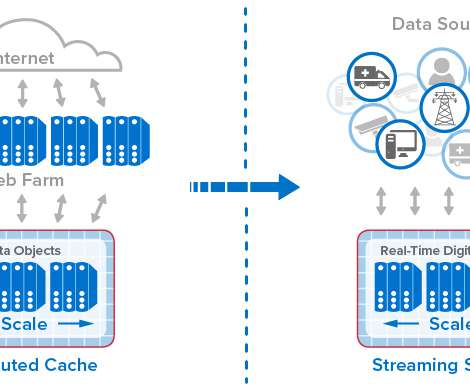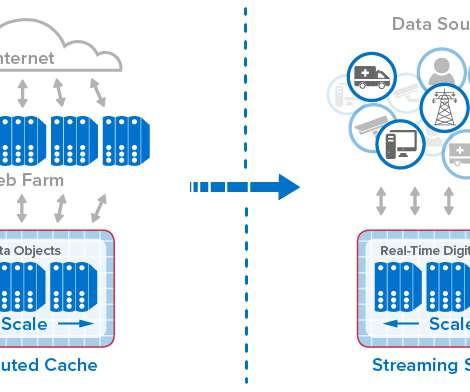Why you need Dynatrace on Azure Workloads
Dynatrace
NOVEMBER 5, 2019
Hopefully, this blog will explain ‘why,’ and how Microsoft’s Azure Monitor is complementary to that of Dynatrace. Do I need more than Azure Monitor? Azure Monitor features. A typical Azure Monitor deployment, and the views associated with each business goal. Available as an agent installer). How does Dynatrace fit in?
















Let's personalize your content